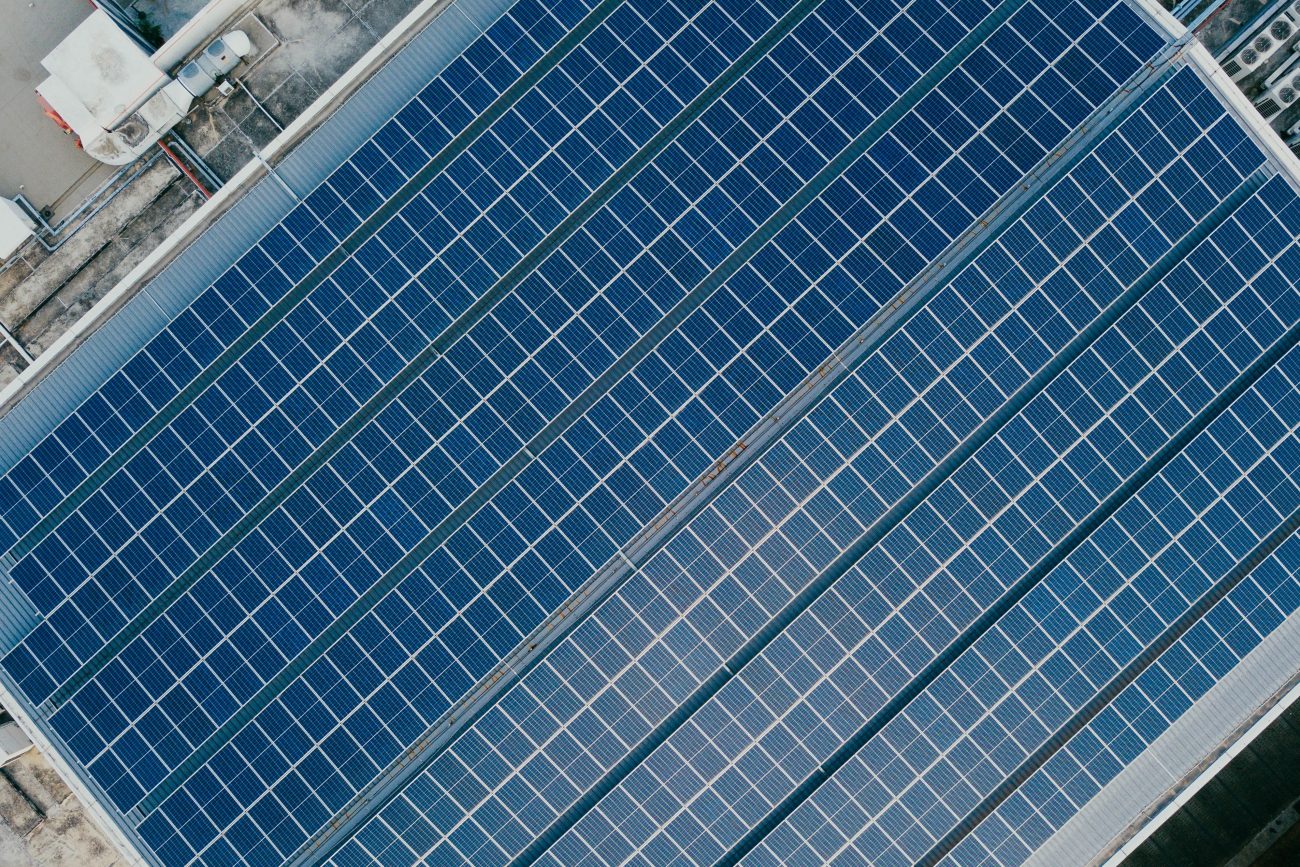South Australia Used 100% Solar Power for the First Time in October 2020
South Australia has some of the highest solar power adoption rates, not only in Australia but globally. On Sunday October 11, 2020, the state reached a major milestone around noon: generating 100% of its electricity demand with solar panels. The state also reached 100% wind power generation for a short time on Thursday 15, but this had already happened before. In the same week, South Australia used 100% renewable generation from two different sources.
Electricity prices in South Australia are among the highest in the world, and this creates a major incentive to use solar power. More than 1/3 of South Australian homes have solar panels installed, and the state capacity is 725 watts per capita. For comparison, the national average for Australia is 429 watts of solar power per capita.
SA homes typically pay electricity tariffs above 30 cents/kWh, and in some cases above 40 cents/kWh. After installing solar panels, each kilowatt of capacity produces over 1,500 kWh per year, assuming you have favorable site conditions. A 6-kW system costs around $9,600, but this drops to around $6,500 after deducting the Australian solar incentive (Small-scale Technology Certificates or STCs). Assuming an electricity output of 9,000 kWh per year, you save over $2,700 and you get a payback period of less than three years.
This is a very simple financial analysis, but it explains why solar power is so attractive for electricity consumers in South Australia. An asset with service life of over 20 years and payback period of less than three years is an excellent investment, especially when you have solid warranties from the provider.
How Did South Australia Reach 100% Solar Power?
The solar generation peak happened briefly on October 11 around noon, but it demonstrates the potential of photovoltaic technology. Most of the energy came from rooftop solar systems, which had a total output of 992 megawatts. At the same time, utility-scale solar farms were producing 315 MW. In other words, rooftop solar power was providing 75% of the state’s electricity, while utility solar power was providing 25%.
When the solar power peak occurred, electricity was traded at around $16 per megawatt-hour in the wholesale market. This demonstrates that solar power is not only clean, but also affordable. There is a misconception that renewable energy has caused the high electricity prices currently found in South Australia. However, more than 50% of the power bill is due to network costs – transmission and distribution.
Solar panels and wind turbines cannot sustain a grid on their own, since both technologies use variable energy inputs. However, they reduce generation costs and greenhouse gas emissions. The environmental footprint of renewable sources is not zero, since they use materials that must be mined and processed, and components must be transported to the project site for construction. However, solar panels and wind turbines produce no emissions when generating electricity, while fossil fuel power plants are constantly releasing greenhouse gases. Even if carbon capture and storage (CCS) becomes 90% effective, coal and gas power plants would still have a much higher environmental impact than wind and solar farms.
Solar Power Incentives and Innovation in South Australia
While South Australia does not have a solar rebate at the state level, there are two programs that are helping expand the use of solar panels:
- As of October 2020, the South Australia Home Battery Scheme offers an incentive of up to $3,000 for homes that deploy battery systems. The incentive is $300 per kWh of battery capacity for energy concession holders, and $200 per kWh for all other homes.
- You can also join a virtual power plant (VPP), where your solar panels and home batteries are linked to a network that operates like a conventional power plant. In exchange, you get various financial incentives that boost your savings.
Currently, there is a VPP project in South Australia that aims for a total capacity of 250 MW of power and 650,000 kWh of storage. This will be accomplished by combining 50,000 residential solar arrays with batteries, each with 5 kW and 13 kWh of capacity.
Battery systems and other forms of energy storage can enable an even larger share of renewable energy in South Australia. The Hornslade Power Reserve has demonstrated that large battery arrays can provide ancillary services for the power network, just like natural gas turbines. The system was built in late 2017 with a capacity of 100 MW and 129,000 kWh, and in 2020 it was expanded to 150 MW and 194,000 kWh.
